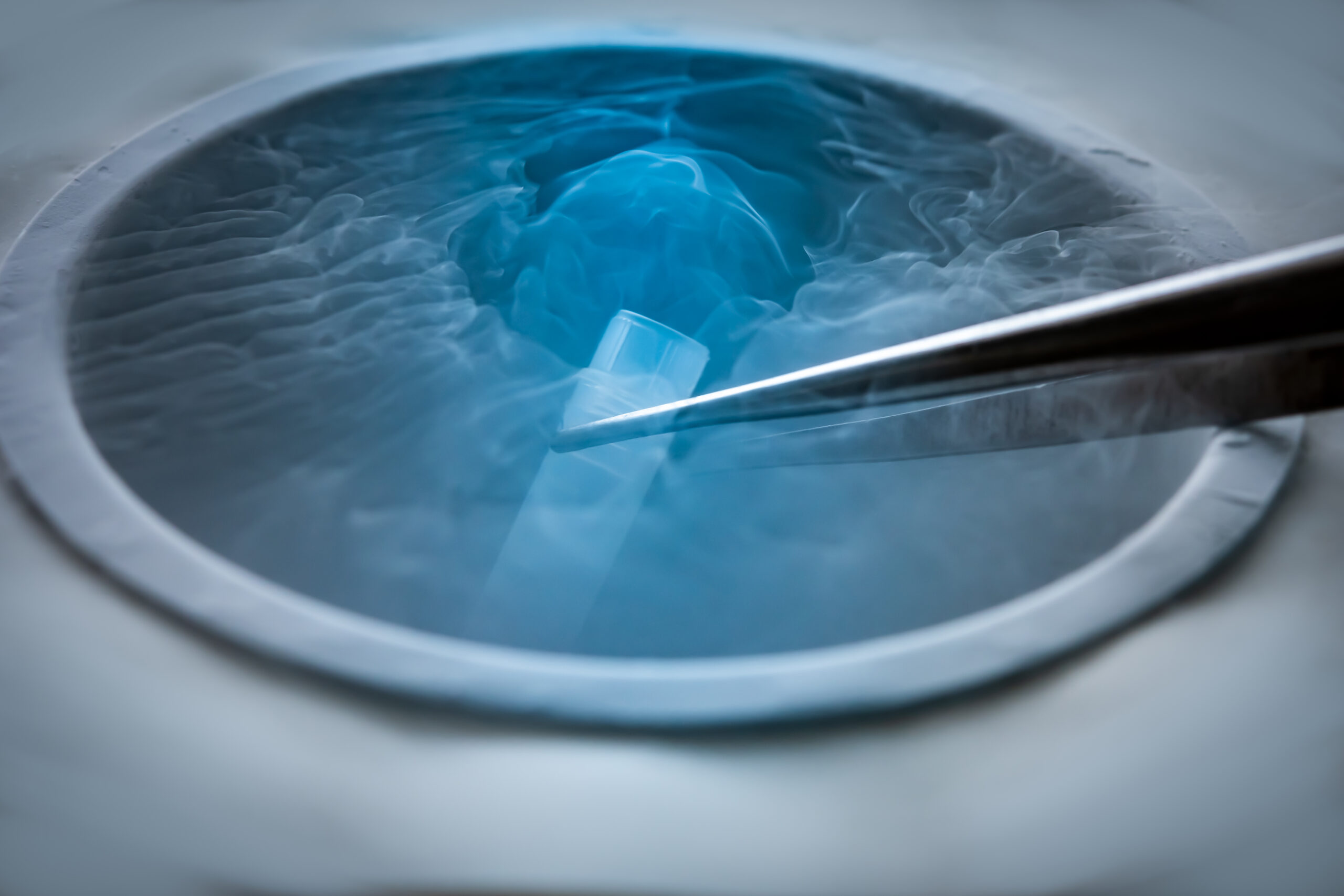The Big Freeze: An Insight into the History of Cryopreservation
For centuries, the idea of preserving cells, tissues, organs, and even whole organisms at extremely low temperatures, known as cryopreservation, has intrigued scientists and enthusiasts alike. The process has transitioned from a realm of speculation and science fiction to a widely accepted technique in modern biology and medicine.
The concept’s genesis can be traced back to Robert Boyle, a 17th-century scientist who speculated about the possible effects of reduced temperatures on organisms. However, cryopreservation didn’t formally emerge as a scientific practice until the mid-20th century.
The pioneer of cryonics, Robert Ettinger, proposed the idea of freezing people after death with the hope of future revival in his 1962 book “The Prospect of Immortality.” His work catalyzed the establishment of the Cryonics Institute in 1976 and the birth of the controversial field of human cryopreservation, which remains on the fringes of mainstream science due to ethical and feasibility concerns.
Parallel to this, the scientific community experimented with cryopreservation techniques for biological samples. The first successful cryopreservation was achieved in 1949 by Christopher Polge, who discovered, by mistake, that introducing glycerol made it possible to freeze rooster sperm without causing damage. This breakthrough paved the way for the development of other vitrification solutions and the inception of the sperm and egg banks that have become commonplace in fertility treatments today.
In 1983, a landmark advancement was made in the field of Assisted Reproductive Technology (ART) when the first human embryo was successfully frozen and later thawed, resulting in a live birth. This transformed the field of assisted reproductive technology, allowing for the preservation and later use of embryos in ART treatments.
Early efforts focused on preserving relatively simple tissues; in recent decades, progress has been made in the quest to cryopreserve more complex organs. The first successful freezing and thawing of a rabbit kidney in 2002 demonstrated the potential of cryopreservation in organ transplantation. However, scaling up these methods for larger, more complex organs has been a major challenge and continues to be the focus of ongoing research.
Cryopreservation techniques are now considered indispensable in a variety of industries. Cryogenically preserved cell lines and biological samples allow scientists to study diseases and develop treatments. In medicine, these techniques enable long-term storage of blood products, stem cells, and reproductive tissues. In species conservation, cryopreservation is being used to create “Frozen Zoos” – repositories of genetic material from endangered species with the hope of future de-extinction.
Despite its achievements, cryopreservation continues to grapple with many challenges, like preventing ice crystal formation that damages cells and the ongoing ethical implications of full-body human cryopreservation. However, current research holds the promise of overcoming these obstacles, for instance, the potential to use antifreeze proteins discovered in cold-tolerant organisms or developing more effective vitrification solutions.
Cryopreservation has traveled a fascinating journey from an ambitious concept to a transformative tool in science and medicine. As our understanding of life at the molecular level deepens, the full potential of cryopreservation remains to be unlocked. Its future promises exciting possibilities, enriching our lives today and potentially shaping the mysteries of life and death tomorrow.


No Comments